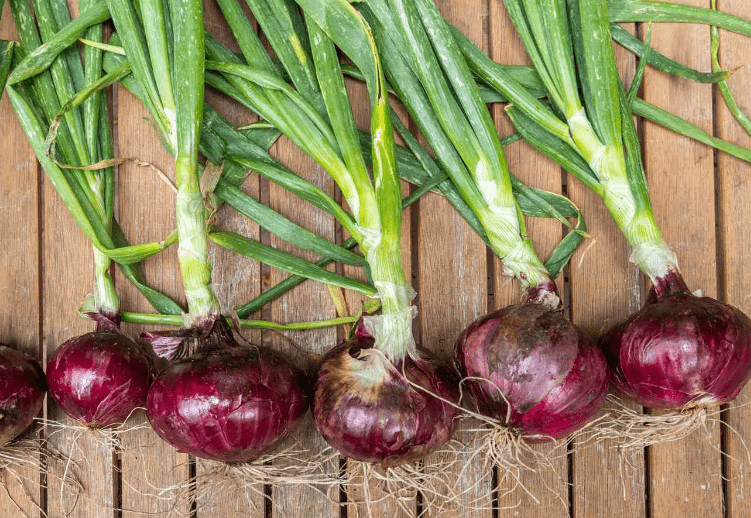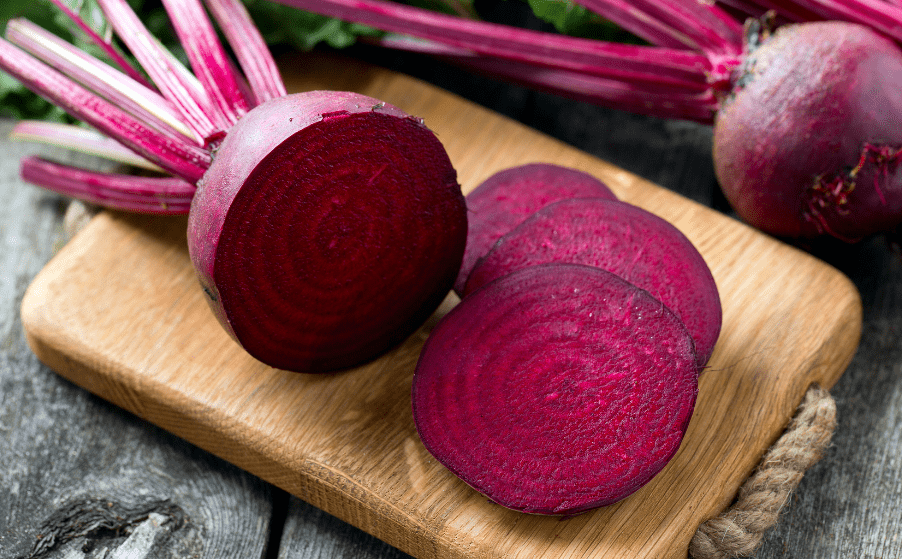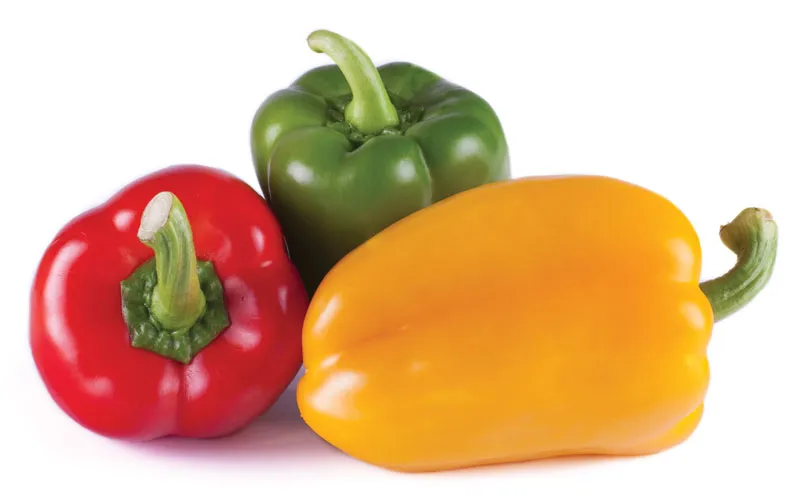
Description
Red onions are cultivars of the onion (Allium cepa), which have purplish-red skin and white flesh that is tinged with red. In some countries in mainland Europe, red onions are also referred to as purple or blue onions. The skin has also been used as a dye, though they are most frequently used in cooking.
Varieties
The primary factor to take into account is day length, despite the fact that there are numerous varieties of red onions, including heirlooms, cultivars, and hybrids.
With ten to twelve hours of sunlight per day, short-day onions like “Red Rock” will begin to form bulbs, making them perfect for southern climates.
Day-neutral onions are well-adapted to most climates because they start forming bulbs with 12 to 14 hours of daily sunlight, like the Italian heirloom “Tropeana Lunga,” which has long, torpedo-shaped bulbs.
Long-day onions are best suited for northern regions with longer summer days because they need 14 to 16 hours of sunshine per day. The long-day variety “Redwing” has good storage characteristics.

Uses
The skin has also been used as a dye, though they are most frequently employed in cooking. They are frequently eaten raw, grilled, or very lightly cooked with other foods. They can also be added to salads for colour and flavor.
Nutrition
White, yellow, and red onions all have essentially the same nutritional profile. Red onion, chopped, in a serving of half a cup, provides:
32 calories
7 g carbohydrates
1 g protein
3 g sugar
1 g fiber
Cultivation
Red onions should be planted outside in a location with full sun, which is defined as six to eight hours of sunlight daily. Depending on the weather, you should water deeply once or twice a week for red onions because they grow best with an inch of rain every week.
Table





